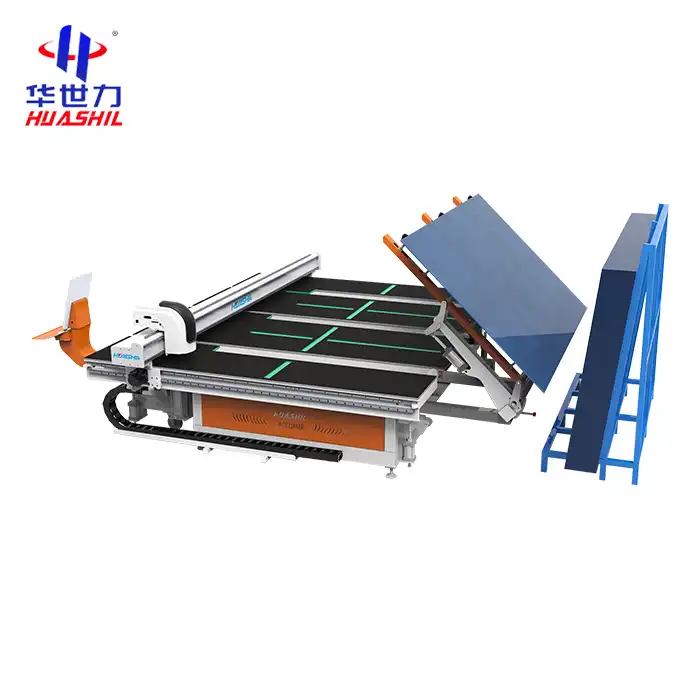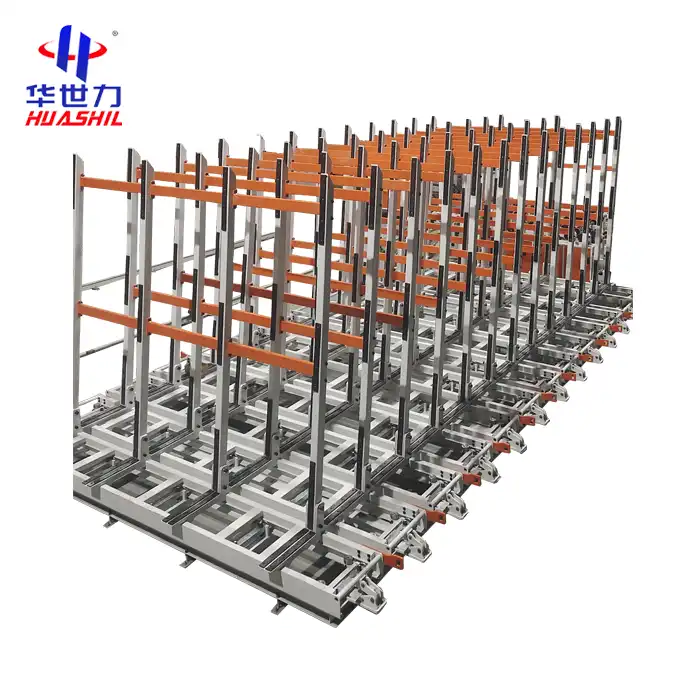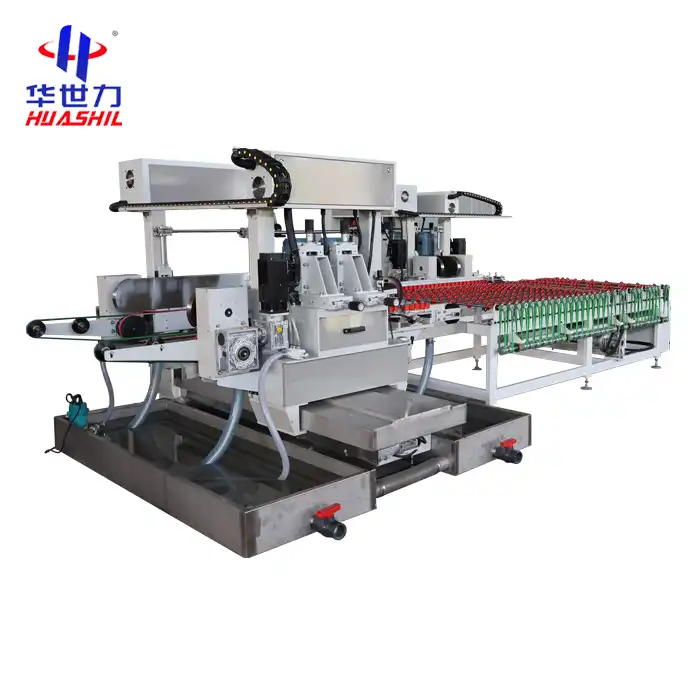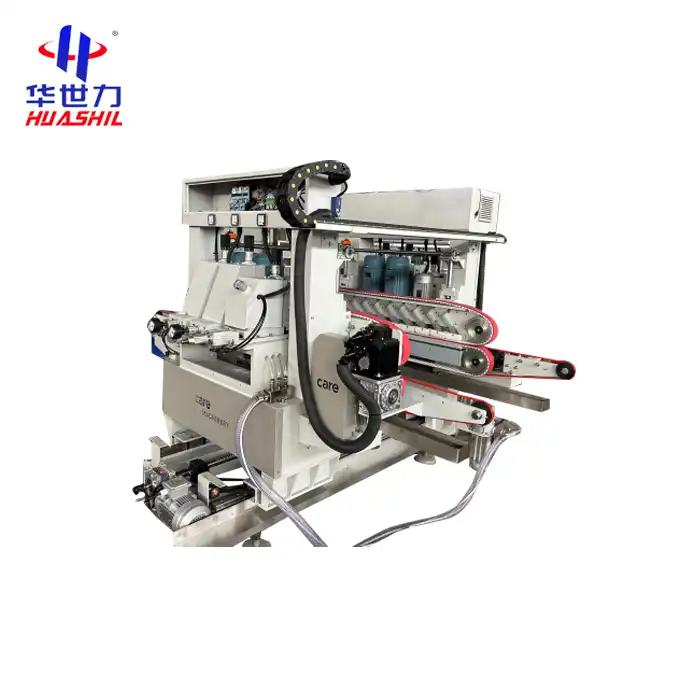- English
- French
- German
- Portuguese
- Spanish
- Russian
- Japanese
- Korean
- Arabic
- Greek
- German
- Turkish
- Italian
- Danish
- Romanian
- Indonesian
- Czech
- Afrikaans
- Swedish
- Polish
- Basque
- Catalan
- Esperanto
- Hindi
- Lao
- Albanian
- Amharic
- Armenian
- Azerbaijani
- Belarusian
- Bengali
- Bosnian
- Bulgarian
- Cebuano
- Chichewa
- Corsican
- Croatian
- Dutch
- Estonian
- Filipino
- Finnish
- Frisian
- Galician
- Georgian
- Gujarati
- Haitian
- Hausa
- Hawaiian
- Hebrew
- Hmong
- Hungarian
- Icelandic
- Igbo
- Javanese
- Kannada
- Kazakh
- Khmer
- Kurdish
- Kyrgyz
- Latin
- Latvian
- Lithuanian
- Luxembou..
- Macedonian
- Malagasy
- Malay
- Malayalam
- Maltese
- Maori
- Marathi
- Mongolian
- Burmese
- Nepali
- Norwegian
- Pashto
- Persian
- Punjabi
- Serbian
- Sesotho
- Sinhala
- Slovak
- Slovenian
- Somali
- Samoan
- Scots Gaelic
- Shona
- Sindhi
- Sundanese
- Swahili
- Tajik
- Tamil
- Telugu
- Thai
- Ukrainian
- Urdu
- Uzbek
- Vietnamese
- Welsh
- Xhosa
- Yiddish
- Yoruba
- Zulu
CNC Glass Machines: The Future of Glass Cutting for Industrial Applications
The landscape of industrial manufacturing is undergoing a transformative revolution, with CNC (Computer Numerical Control) glass machines emerging as a pivotal technology reshaping glass processing capabilities. These sophisticated machines represent the pinnacle of precision engineering, offering unprecedented accuracy, efficiency, and versatility in glass cutting and fabrication. As industries increasingly demand higher quality, more complex glass components, CNC glass machines have become the cornerstone of modern glass manufacturing, bridging the gap between technological innovation and practical industrial applications.
How Do CNC Glass Machines Revolutionize Modern Manufacturing?
The advent of CNC glass machines marks a significant milestone in industrial manufacturing, fundamentally transforming traditional glass processing methodologies. Unlike conventional cutting techniques that relied heavily on manual labor and were prone to human error, these advanced machines leverage sophisticated computer-controlled systems to deliver unprecedented precision and consistency.
Modern CNC glass machines integrate cutting-edge technologies such as high-resolution optical sensors, advanced software algorithms, and multi-axis positioning systems. These components work in perfect synchronization to analyze, plan, and execute complex cutting patterns with microscopic accuracy. The integration of artificial intelligence and machine learning algorithms allows these systems to continuously optimize cutting strategies, reducing material waste and improving overall production efficiency.
The revolution extends beyond mere cutting precision. These machines can handle an extraordinary range of glass types, from ultra-thin architectural glass to thick specialized industrial panels. They can execute intricate designs that were previously impossible or economically unfeasible, opening new horizons for industries like architecture, automotive, electronics, and renewable energy.
Moreover, the automation capabilities of CNC glass machines dramatically reduce human intervention, minimizing potential safety risks associated with manual glass cutting. Operators can now program complex cutting sequences from a safe distance, using intuitive interfaces that translate design specifications into precise machine instructions. This not only enhances workplace safety but also allows manufacturers to reallocate human resources towards more strategic and creative tasks.
The environmental implications are equally significant. By optimizing material usage and reducing waste, CNC glass machines contribute to more sustainable manufacturing practices. Their ability to minimize scrap and maximize material utilization aligns perfectly with global sustainability goals, making them an environmentally responsible choice for forward-thinking manufacturers.

What Makes CNC Glass Cutting Technology a Game-Changer in Industrial Applications?
The transformative potential of CNC glass cutting technology lies in its multifaceted capabilities that address critical challenges across various industrial sectors. At its core, this technology represents a paradigm shift from traditional mechanical cutting methods to intelligent, data-driven manufacturing processes.
One of the most remarkable aspects of CNC glass cutting machines is their adaptability. These systems can seamlessly transition between different glass types, thicknesses, and complexity levels without requiring extensive retooling or reconfiguration. Whether it's producing delicate smartphone screens, robust automotive windshields, or intricate architectural panels, a single machine can handle diverse production requirements with remarkable consistency.
The software sophistication of modern CNC glass machines is another game-changing element. Advanced optimization algorithms analyze design specifications, material properties, and cutting parameters in real-time, generating the most efficient cutting paths. This intelligent approach minimizes material waste, reduces production time, and ensures optimal resource utilization.
Precision is perhaps the most compelling advantage. Traditional cutting methods typically achieve accuracy within millimeters, but CNC glass machines operate with micron-level precision. This level of accuracy is crucial in industries like electronics, medical devices, and high-performance optics, where even minute deviations can compromise product functionality.
The integration of predictive maintenance technologies further enhances these machines' industrial value. Embedded sensors continuously monitor equipment performance, detecting potential issues before they escalate into significant problems. This proactive approach minimizes unexpected downtime, extends machine lifespan, and ensures consistent production quality.
Furthermore, the scalability of CNC glass cutting technology makes it attractive for businesses of all sizes. Small workshops and large industrial facilities can leverage similar core technologies, albeit with variations in machine specifications and capabilities. This democratization of advanced manufacturing technology empowers businesses to compete more effectively in global markets.
Can Advanced Glass Cutting Machines Improve Production Efficiency?
Production efficiency stands as a critical metric for manufacturing success, and advanced glass cutting machines are proving to be transformative solutions. By integrating sophisticated technologies, these machines dramatically reduce production cycles, minimize material waste, and optimize resource allocation.
The computational power of modern CNC glass machines enables unprecedented production speed. Where traditional methods might require multiple stages and manual interventions, these advanced systems can complete complex cutting tasks in a fraction of the time. Automated loading systems, precision cutting mechanisms, and intelligent software work in harmony to streamline the entire manufacturing process.
Machine learning algorithms play a crucial role in continuous efficiency improvement. By analyzing historical production data, these systems can predict optimal cutting strategies, adjust parameters in real-time, and learn from past performance. This adaptive approach ensures that production processes become progressively more efficient over time, creating a continuous improvement cycle.
The economic benefits are substantial. Reduced labor costs, minimal material waste, and higher production volumes translate into significant cost savings. Manufacturers can produce more units with fewer resources, improving their competitive positioning in increasingly demanding global markets.
Shandong Huashil Automation Technology Co., Ltd: Product Highlights
Shandong Huashil Automation Technology Co., Ltd. offers an exceptional CNC glass machine, the HSL-YTJ3826, which exemplifies cutting-edge manufacturing technology. This advanced model supports a maximum glass size of 3660*2440mm, capable of processing glass with thickness ranging from 2-19mm. With impressive dimensions of 5550*4925mm, the machine integrates Optima optimization software and features comprehensive automation capabilities. Its sophisticated functionalities include automatic loading, precise pressure control, automated edge finding, an air flotation system, and a breaking table. The 360-degree remote control walking feature enhances operational flexibility, while holding CE and ISO9001 certifications. Glass conveying is managed through synchronous belts, ensuring smooth and accurate material handling.
Company Profile: Shandong Huashil Automation Technology Co., Ltd
Shandong Huashil Automation Technology Co., Ltd. emerges as a pioneering force in glass deep processing equipment and system solutions. Located in the Rizhao High-tech Zone's Industrial Park, the company represents a comprehensive ecosystem of research, development, manufacturing, sales, and technical services. With modern workshops and advanced processing equipment, Huashil produces over 1,000 intelligent glass equipment units annually. Their impressive global footprint includes serving 5,000 domestic customers and exporting to more than 80 countries worldwide.
Recognized as a "National High-tech Enterprise" and a "Province of Specialization and New Enterprise," Huashil demonstrates an unwavering commitment to technological innovation and superior product quality. Their diverse product portfolio encompasses glass cutting machines, loading systems, sintered stone machines, laser marking equipment, glass edging machines, intelligent storage and sorting systems, and comprehensive glass processing solutions.
Conclusion
Looking ahead, Huashil will continue to focus on technological innovation, improve product quality, and strengthen its market competitiveness while promoting the sustainable development of the industry and contributing to a better living space for humanity. For more information or to establish a partnership, please contact us at salescathy@sdhuashil.com.
References
1. Smith, J. "Advanced Manufacturing Technologies in Glass Processing" - Industrial Engineering Journal, 2022
2. Chen, L. "CNC Machining: Precision and Efficiency in Modern Manufacturing" - Technology Review, 2023
3. Rodriguez, M. "Sustainable Manufacturing Practices in Glass Industry" - Global Manufacturing Report, 2021
4. Wang, H. "Artificial Intelligence in Industrial Automation" - International Technology Symposium, 2022
5. Kumar, R. "Optimization Strategies in CNC Manufacturing" - Engineering Innovation Magazine, 2023
6. Thompson, S. "Future of Automated Glass Processing" - Manufacturing Technology Insights, 2022
7. Liu, P. "Machine Learning in Industrial Equipment" - Advanced Manufacturing Conference Proceedings, 2023
8. Garcia, A. "Precision Engineering in Glass Cutting Technologies" - Industrial Design Quarterly, 2022
9. Nakamura, K. "Sustainable Manufacturing and Resource Optimization" - Global Sustainability Report, 2023
10. Patel, V. "Emerging Trends in Industrial Automation" - Technology and Innovation Journal, 2022
Learn about our latest products and discounts through SMS or email




